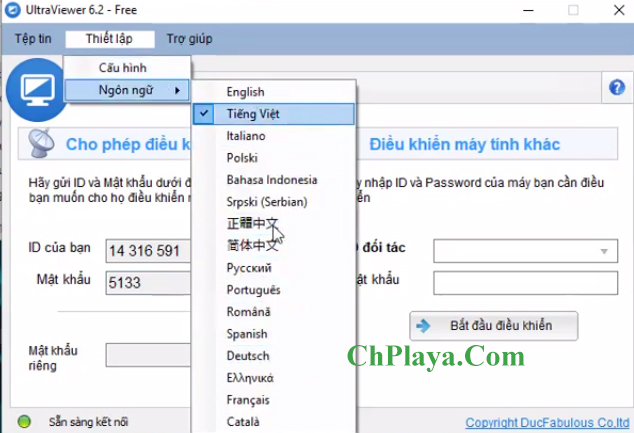

The existing droplet-based 5′-end single-cell transcriptomics approaches are costly and preclude large-scale studies on millions of cells or thousands of samples. However, only a limited number of protocols have been developed to capture the 5′-end of transcripts. Furthermore, by introducing a primer that targets a conserved region of bacterial 16S rRNA, the 5′-end method enables to co-detect the presence of intratumoral bacteria and transcriptome in the same single tumor cell simultaneously.

Third, for snRNA-seq, which is critical for profiling tissues that are hard to dissociate or frozen clinical samples, the 5′-end method provides a unique opportunity to improve the transcriptome complexity through reverse transcription by customized oligo priming. The procedure has been widely applied to the study of antibody–drug discovery and characterizes the immune response in patients of COVID-19, cancer, autoimmune diseases, and neurodegenerative diseases. 5′-end scRNA-seq coupled with single-cell V(D)J sequencing has become the most popular approach to reveal the clone type-specific transcriptional signatures which is a challenge for conventional bulk immune receptor sequencing. Second, the 3′-end method is difficult to identify full-length immune receptor (TCR and BCR) sequences in a typical short-read sequencing setting. Cell atlas studies that rely on 5′-end sc/snRNA-seq to infer cis-gene regulatory network in the human body have been launched. First, 5′-end single-cell transcriptomics can detect the location of cis-regulatory elements (CREs including promoters and enhancers) and quantify their in vivo activity. While with similar capability for cell typing, 5′-end based methods offer several advantages over 3′-end. Droplet microfluidic-based 5′-end or 3′-end single-cell and single-nucleus RNA sequencing (scRNA-seq and snRNA-seq) have emerged as central tools for interrogating the cellular states of whole organs and entire organisms.


 0 kommentar(er)
0 kommentar(er)
